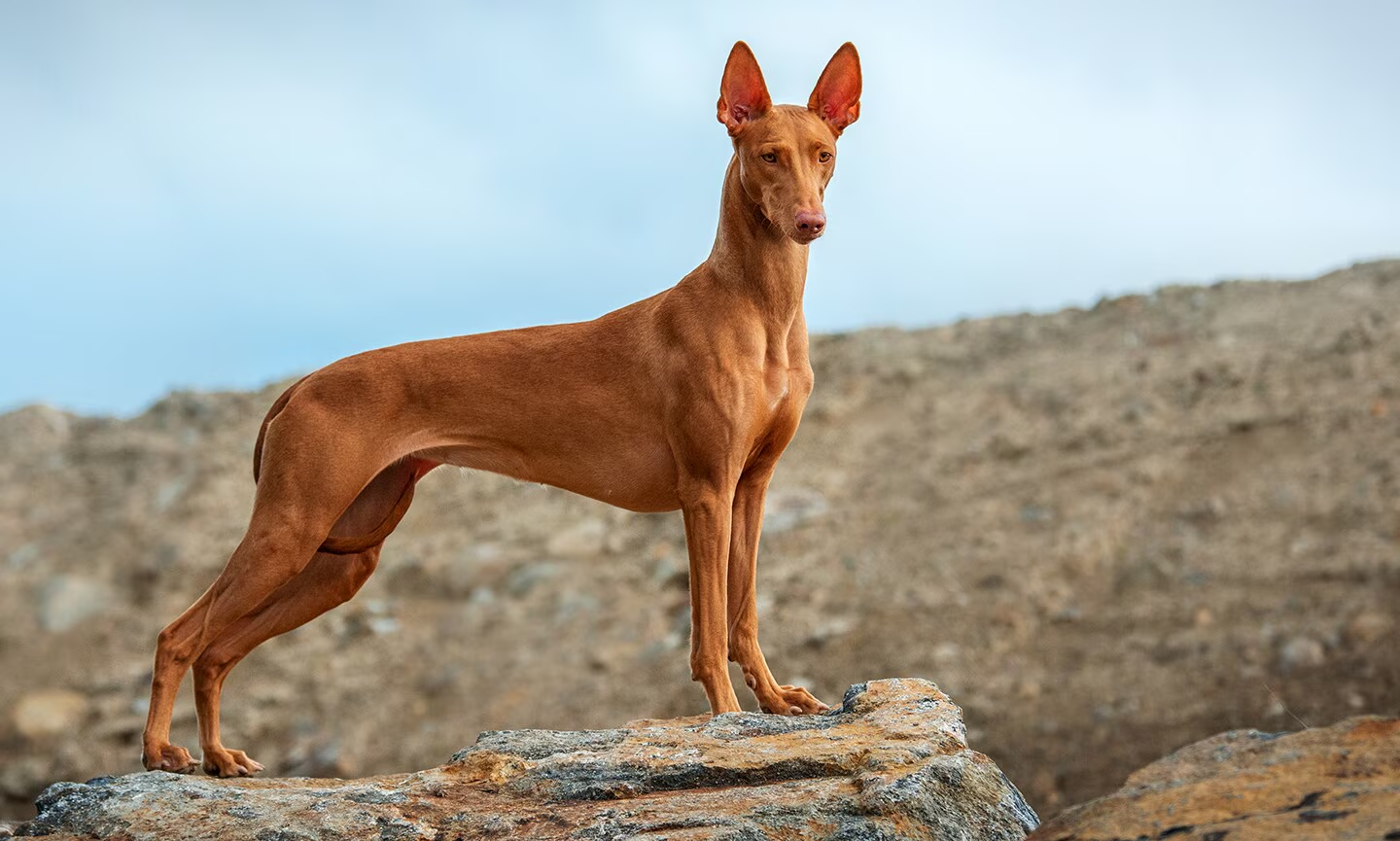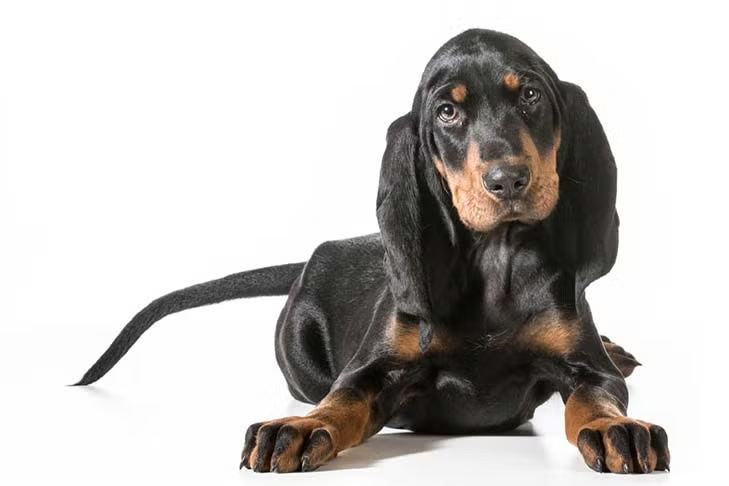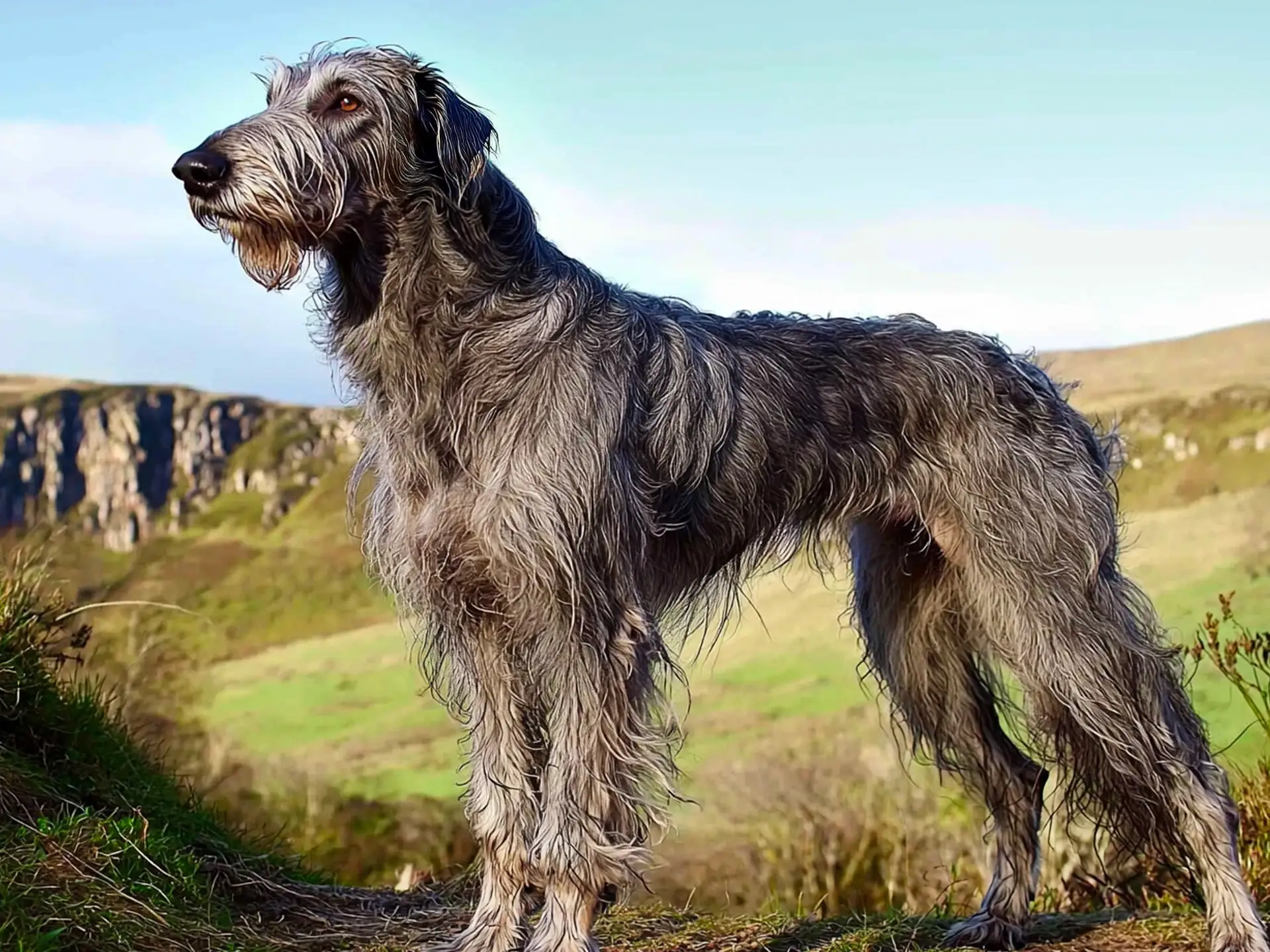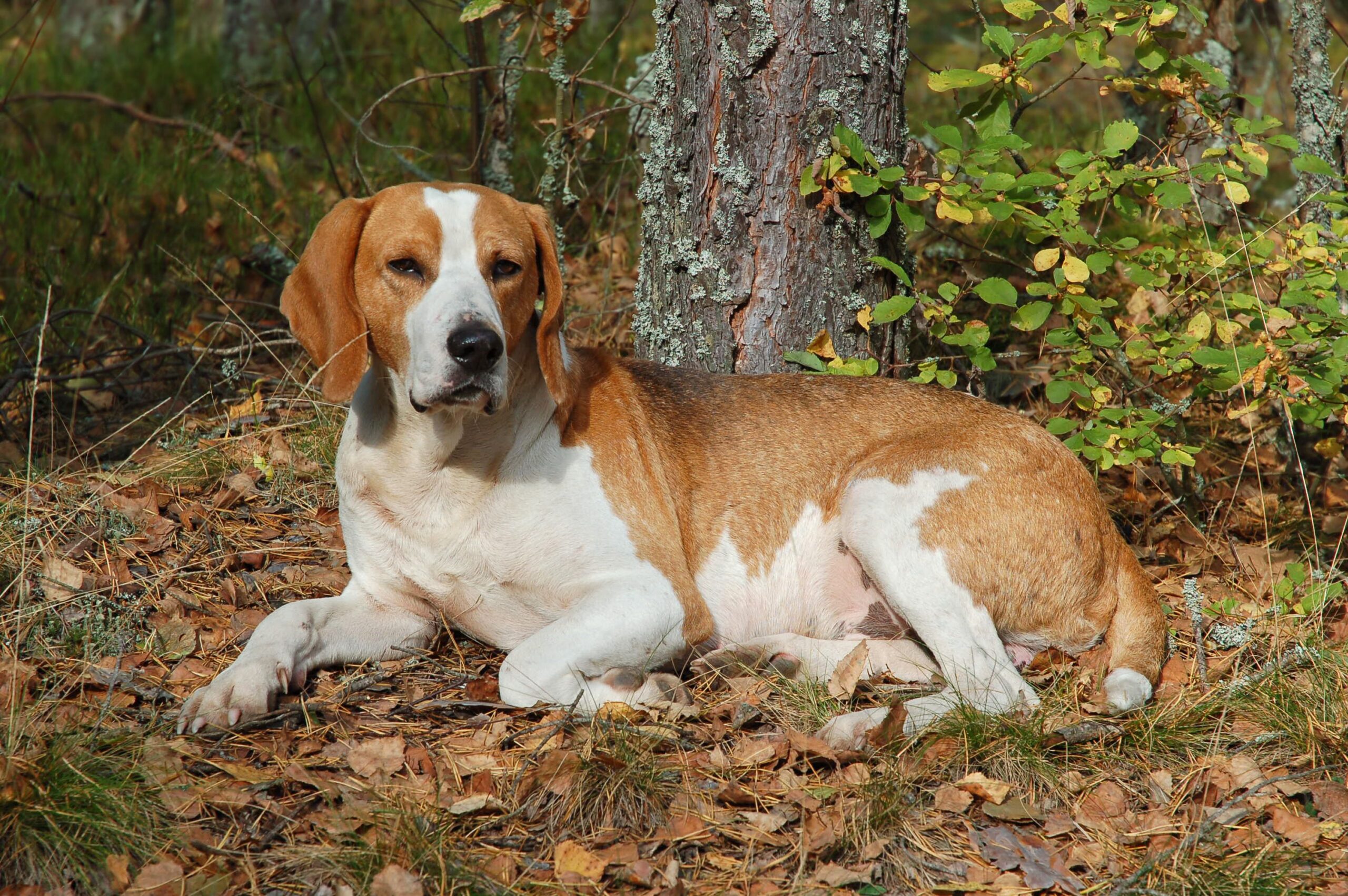My Memorable First Encounter with the Blushing Hound of Malta
The first time I saw a Pharaoh Hound in person was at a specialty dog show in San Diego. I was wandering between exhibition rings when I spotted what looked like a living statue from ancient Egypt. With her elegant lines, amber eyes, and remarkable rose-gold coat that seemed to glow in the sunlight, this dog had a presence that immediately drew me across the room. As I approached, something magical happened—her ears and nose suddenly flushed pink with excitement, giving her an endearing blush that completely transformed her regal appearance into something much more approachable and sweet.
The owner noticed my fascination and smiled. “Everyone has that reaction to Nefertiti,” she said. “They’re called the ‘blushing dogs’ in Malta, where they’re from.” I spent the next half hour learning about this remarkable breed that looks like it stepped off an ancient Egyptian tomb but actually hails from the Mediterranean island of Malta. By the time Nefertiti had given me a gentle nose bump and trotted back to the show ring, I was completely captivated by these distinctive, ancient dogs with their unique ability to visibly blush when excited.
If you’ve never heard of Pharaoh Hounds or have only seen them in photos, you’re missing the complete experience of these extraordinary dogs. With their striking appearance, fascinating history, and unusual traits (like those blushing ears!), they’re one of the most interesting yet under-recognized breeds in the canine world.
Whether you’re considering adding one of these elegant hounds to your family, fascinated by their ancient connections, or simply curious about distinctive dog breeds, I’ve put together the ultimate guide to Pharaoh Hounds. From their fascinating Mediterranean heritage to what they’re actually like as companions (spoiler alert: they’re wonderful and challenging in equal measure!), we’ll cover everything you need to know about these remarkable dogs. So grab your favorite beverage, get comfortable, and let’s explore the wonderful world of Pharaoh Hounds!
Ancient Mediterranean Heritage: The Fascinating History of Pharaoh Hounds
Despite their name and striking resemblance to dogs depicted in ancient Egyptian art, the Pharaoh Hound’s history is actually centered on the Mediterranean island of Malta, where they’ve been bred for over 2,000 years. Let’s explore their fascinating heritage and how it has shaped these remarkable dogs.
Origins in Malta, Not Egypt
The name “Pharaoh Hound” is actually a relatively recent English creation, applied to the breed when it was first imported to Britain in the 1960s. In Malta, these dogs are called “Kelb tal-Fenek,” which translates to “rabbit dog” or “rabbit hound”—a name that reflects their traditional use as hunters of rabbits in the rocky Maltese terrain.
While their exact origins are debated among experts, the most widely accepted theory is that these dogs were brought to Malta by Phoenician traders around 800-600 BCE. The Phoenicians, a seafaring people from what is now Lebanon, established trading colonies throughout the Mediterranean, including Malta. They likely brought these distinctive hunting dogs with them, possibly from areas like Egypt, Crete, or other parts of the Middle East.
What’s remarkable is how purely the breed has been maintained on the island of Malta over thousands of years, largely due to the island’s isolation and the dogs’ continued use as working hunters. Maltese farmers treasured these dogs for their hunting abilities, maintaining them as practical working animals rather than show dogs or pets.
Working Heritage in Malta
For centuries, Pharaoh Hounds have been used by Maltese hunters to pursue rabbits across the island’s challenging terrain. Malta’s landscape is characterized by rocky fields separated by low stone walls, creating the perfect environment for rabbits to hide and evade predators.
The traditional hunting method involved releasing the hounds, who would use their exceptional sight, hearing, and sense of smell to locate rabbits. When a rabbit was spotted, the Pharaoh Hound would give chase, using its incredible agility and speed to navigate the rough terrain. Hunters would follow on foot, using the dogs’ distinctive baying to track their location.
This working heritage has shaped every aspect of the Pharaoh Hound’s physical and behavioral traits. Their large, mobile ears can pinpoint the slightest sounds of prey moving through brush. Their lean, athletic bodies allow them to move with both speed and agility over rough ground. Their independent thinking enables them to make split-second decisions without handler input—all qualities that made them exceptional hunting partners in Malta’s challenging environment.
Introduction to the Western World
Despite their ancient heritage, Pharaoh Hounds remained largely unknown outside Malta until relatively recently. The breed was first brought to Britain in the 1960s by Dr. Pauline Block, who was instrumental in gaining recognition for these unique dogs. The British Kennel Club recognized the breed in 1974, and the American Kennel Club followed in 1983.
The name “Pharaoh Hound” was chosen when the breed was introduced to Britain, likely due to their striking resemblance to dogs depicted in ancient Egyptian artifacts and tomb paintings. While this name has stuck in most countries, it’s worth remembering that in their homeland of Malta, they remain the “Kelb tal-Fenek”—the rabbit dogs that have served as working partners to Maltese hunters for millennia.
Today, Pharaoh Hounds remain relatively rare outside Malta, typically ranking around 150-160th in popularity among AKC-registered breeds. This rarity has helped maintain their distinctive traits and relatively good health compared to some more commercialized breeds.
The Pharaoh Hound Look: Elegant Athleticism
The Pharaoh Hound’s appearance is truly distinctive—combining elegant lines, athletic functionality, and a unique coloration that sets them apart from every other breed. Their look is both ancient and timeless, with a silhouette that could have stepped directly from an Egyptian tomb painting.
Size and Structure
Pharaoh Hounds are medium-large sighthounds with a distinctly elegant, athletic build. Males typically stand 23-25 inches at the shoulder and weigh between 45-55 pounds, while females are slightly smaller at 21-24 inches and 40-50 pounds. Despite their moderate size, they give an impression of both speed and grace with their clean, flowing lines.
Their overall silhouette is one of balanced proportions and subtle curves rather than angles. Key physical characteristics include:
- A long, lean head with a tapering muzzle and moderate stop
- Large, erect ears that are highly mobile and expressive
- Amber eyes that blend with the coat color, giving a warm, intelligent expression
- A strong, lean neck flowing smoothly into well-laid-back shoulders
- A deep but narrow chest providing ample lung capacity for running
- A moderately tucked waist and slightly arched loin
- Strong, well-angulated hindquarters built for powerful propulsion
- A tapering tail that can be carried high when alert but never curved over the back
Perhaps their most captivating feature is their movement—a smooth, effortless gait with remarkable reach and drive that showcases their natural athleticism. When running at full speed, they can reach up to 35 miles per hour, covering ground with a breathtaking efficiency that reflects their heritage as hunting dogs in rugged terrain.
The Unique Coat and Blushing Characteristic
The Pharaoh Hound’s coat is one of their most distinctive features—short, glossy, and fine-textured, lying close to the body with no feathering. The only acceptable color is various shades of tan or rich, coppery red, ranging from a pale amber to a deep chestnut. White markings are permitted on the tip of the tail, chest, toes, and as a slim centerline on the face.
What truly sets the Pharaoh Hound apart, however, is their unique ability to “blush.” When excited or happy, the skin on their nose and ears flushes a rosy pink, giving them an endearing, almost embarrassed expression. This blushing is caused by increased blood flow to the thin-skinned areas and is one of the most charming and unusual traits in the canine world. It’s especially noticeable because of their short coat and provides an endearing window into their emotional state.
Grooming-wise, Pharaoh Hounds are exceptionally low-maintenance. Their short coat requires minimal brushing—once weekly is usually sufficient to remove loose hair and distribute skin oils. They shed moderately but consistently throughout the year, with slight seasonal increases. Bathing is only necessary when they’re truly dirty, as they’re naturally clean dogs with minimal “dog odor.”
One grooming consideration is nail care. Like many sighthounds, their nails grow quickly and should be trimmed regularly to prevent discomfort and potential problems with their gait. Their large, erect ears should also be checked weekly for signs of infection, though they’re less prone to ear issues than breeds with drooping ears.
Personality & Temperament: The Playful Aristocrat
Behind the Pharaoh Hound’s regal appearance lies a personality that combines dignity with an almost clownish playfulness, independence with deep devotion to their people. Understanding this complex temperament is key to successfully living with these unique dogs.
The Playful Side of Nobility
One of the most charming aspects of Pharaoh Hounds is the contrast between their dignified appearance and their surprisingly silly, playful nature. These dogs often maintain puppylike enthusiasm well into their senior years, displaying a joy for life that can be absolutely infectious.
Many Pharaoh Hound owners describe moments of what they call “The Pharaoh 500″—sudden bursts of exuberant running in circles, playful bouncing, and athletic displays that seem to come out of nowhere. These playful episodes are typically brief but demonstrate the lighthearted side of these otherwise elegant dogs.
This playfulness extends to their interactions with their human family. Pharaoh Hounds enjoy games, particularly those that involve running and chasing, and many develop their own unique ways of inviting play. They can be quite inventive in their play style, sometimes creating their own games or toys from household items—a reminder of their intelligent, problem-solving nature.
Independence and Intelligence
Like many ancient breeds developed for hunting with minimal human direction, Pharaoh Hounds possess a distinctive independent streak. They were bred to think for themselves while pursuing rabbits across rough Maltese terrain, often out of sight of their handlers, and this self-sufficiency remains strong in the breed today.
This independence doesn’t mean they’re unintelligent—quite the contrary. Pharaoh Hounds are highly intelligent, but their intelligence manifests as problem-solving ability and decision-making rather than eager obedience. They quickly figure out how things work, including doors, latches, and refrigerators, sometimes leading to mischief if their mental needs aren’t met.
Training a Pharaoh Hound requires understanding that they’re partners rather than subordinates. They respond well to positive reinforcement techniques that make training rewarding and engaging but may question repetitive or seemingly pointless exercises. Consistency, patience, and respect for their intelligence are key to successful training outcomes.
Sensitivity and Family Bonds
Despite their independent nature, Pharaoh Hounds form incredibly strong bonds with their human families. They’re often described as “velcro dogs” who want to be where their people are, following favorite family members from room to room and claiming prime sleeping spots as close as possible to them.
This attachment comes with notable sensitivity. Pharaoh Hounds are acutely attuned to their owners’ emotions and can be deeply affected by tension, conflict, or harsh treatment. They typically respond poorly to sharp corrections or angry voices, often withdrawing or losing confidence when faced with negative interactions.
Many Pharaoh Hound owners note that their dogs seem to have an almost uncanny ability to know when they’re upset or unwell, offering quiet companionship and comfort during difficult times. This emotional intelligence makes them wonderful companions but requires households that understand and respect their sensitive nature.
With strangers, most Pharaoh Hounds are initially reserved but not shy or aggressive. They typically take a “wait and see” approach to new people, warming up once they’ve determined someone is acceptable. Early socialization helps ensure this natural reserve doesn’t develop into fearfulness or inappropriate suspicion.
Living With a Pharaoh Hound: Practical Considerations
Beyond their history and personality, what’s it actually like to share your home with a Pharaoh Hound? There are some unique considerations that potential owners should understand before bringing one of these special dogs home.
Exercise and Space Needs
Pharaoh Hounds are athletic dogs bred for running, and they need regular exercise to stay physically and mentally healthy. Most require 30-60 minutes of activity daily, ideally including some opportunity to run at full speed in a safely enclosed area a few times per week.
Their exercise pattern typically follows their hunting heritage—they’re capable of intense bursts of activity followed by periods of complete relaxation. This pattern means they can adapt well to various living situations, including apartments, provided their exercise needs are consistently met. Many Pharaoh Hound owners are surprised by how calm and quiet their dogs are indoors after adequate exercise.
Activities that many Pharaoh Hounds enjoy include:
- Leashed walks (though training for good leash manners is important)
- Running in securely fenced areas
- Lure coursing or racing events designed for sighthounds
- Agility training and competition
- Interactive play sessions with their humans
The emphasis on “securely fenced” cannot be overstated. Pharaoh Hounds have a strong prey drive and can reach speeds of 35+ mph in just a few strides when they spot something interesting to chase. Even the best-trained Pharaoh Hound should never be trusted off-leash in unfenced areas, as their hunting instincts can override their training in an instant.
Climate Considerations
Pharaoh Hounds developed in the Mediterranean climate of Malta, and their physical adaptations reflect this heritage. Their short coat provides minimal insulation against cold, making them sensitive to chilly temperatures. Most require sweaters or coats for comfortable winter walks in cooler climates, and they generally prefer warm sleeping spots indoors.
Conversely, they handle heat quite well compared to many breeds, though common-sense precautions like access to shade and fresh water are always important. Their natural cooling mechanism—releasing heat through their thin skin rather than primarily through panting—makes them more efficient in warm weather than many heavily-coated breeds.
Their sun-kissed tan coloration provides some natural protection against sunburn, though dogs with lighter coloration or thin hair on the nose or ear tips may occasionally need sunscreen for extended outdoor time in intense sun.
Prey Drive and Other Pets
Perhaps the most significant consideration for many potential Pharaoh Hound owners is their strong prey drive. These dogs were bred for thousands of years to spot, chase, and catch rabbits, and most maintain this strong instinct toward small, fast-moving animals.
This prey drive has important implications for households with other pets:
- Small animals like rabbits, guinea pigs, or hamsters are generally not safe housemates for Pharaoh Hounds, as they closely resemble the natural prey these dogs were bred to hunt.
- Cats present a more variable situation. Some Pharaoh Hounds can learn to live peacefully with cats they’re raised with from puppyhood, while others may never be trustworthy around them. Much depends on the individual dog’s prey drive intensity and the cat’s behavior (cats that run are much more likely to trigger chase instincts).
- Other dogs are usually fine companions, with many Pharaoh Hounds enjoying the company of canine friends. They typically play well with dogs of various sizes, adjusting their play style appropriately.
Households with small pets should carefully consider whether a Pharaoh Hound is the right choice, and those with cats should be prepared for careful, gradual introductions and possibly permanent management strategies to ensure everyone’s safety.
Vocalization and Alert Barking
Pharaoh Hounds are generally quiet dogs indoors but can be surprisingly vocal in certain situations. Their bark is distinctive—often described as a sharp, piercing sound that carries well over distance, a trait that served them well when alerting hunters to a rabbit’s location in Malta’s rocky terrain.
Most Pharaoh Hounds are alert barkers who will announce visitors or unusual occurrences around their territory. While not excessive barkers by nature, their sharp, carrying bark can be surprising in its volume and intensity. Early training for a “quiet” command is recommended, particularly for homes in close proximity to neighbors.
Beyond barking, many Pharaoh Hounds have a broad vocal range including whines, groans, and a variety of amusing sounds that owners often interpret as “talking.” This communication can be one of the delightful aspects of living with the breed, as they often have unique ways of expressing their desires and opinions.
Health and Care: Supporting Your Pharaoh Hound
One advantage of ancient breeds like the Pharaoh Hound is their generally good health. As a breed that developed naturally with minimal human interference for much of their history, they’ve avoided many of the genetic health problems that plague some modern breeds. However, there are still some health considerations that potential owners should be aware of.
Common Health Considerations
Pharaoh Hounds are generally healthy dogs with a typical lifespan of 11-14 years. As a breed that has maintained practical working function rather than being bred primarily for appearance, they’ve retained good genetic diversity and avoided many hereditary conditions common in some breeds.
However, there are some health issues that appear in the breed with some frequency:
- Sensitivity to anesthesia: Like many sighthounds, Pharaoh Hounds may have unusual reactions to certain anesthetics due to their low body fat percentage. Always ensure your veterinarian has experience with sighthounds or is willing to research appropriate protocols.
- Allergies and skin sensitivities: Some Pharaoh Hounds develop allergies that can affect their skin, ears, or digestive system.
- Hypothyroidism: Underactive thyroid function appears occasionally in the breed.
- Cardiac issues: Various heart conditions can occur, though less frequently than in many breeds.
- Patella luxation: Slipping kneecaps can affect some individuals.
Working with a reputable breeder who conducts appropriate health testing can reduce the risk of these conditions. Regular veterinary care, including annual checkups, is essential for monitoring health and catching any issues early.
Nutrition and Feeding
Pharaoh Hounds typically thrive on high-quality commercial dog foods formulated for active breeds. Many do well on performance or sport dog formulas that provide slightly higher protein and fat content to support their athletic needs. Individual nutritional requirements vary based on age, activity level, and metabolism, so adjusting portions to maintain ideal body condition is important.
As a breed with deep chests, Pharaoh Hounds can be susceptible to bloat (gastric dilatation-volvulus), a life-threatening condition where the stomach twists. While less common in Pharaoh Hounds than in some giant breeds, many owners take preventive measures such as:
- Feeding multiple smaller meals rather than one large daily feeding
- Avoiding exercise for an hour before and after meals
- Using slow-feed bowls for dogs that eat too quickly
- Discussing preventive gastropexy (surgical stomach tacking) with their veterinarian
Like many sighthounds, Pharaoh Hounds should maintain a lean body condition with ribs easily felt (though not prominently visible) and a defined waist when viewed from above. Their natural body type is athletic and slim rather than heavily muscled, and maintaining appropriate weight helps ensure their long-term joint and heart health.
Is a Pharaoh Hound Right for You? Honest Assessment
After learning all about these elegant, ancient dogs, you might be wondering if a Pharaoh Hound would fit well in your lifestyle. Let’s take an honest look at who should (and perhaps shouldn’t) consider this breed.
You Might Be a Great Pharaoh Hound Owner If…
A Pharaoh Hound might be right for you if:
- You’re active and can provide regular exercise, including opportunities to run safely
- You have a securely fenced yard or reliable access to safe running areas
- You appreciate an intelligent, independent dog that forms strong bonds but isn’t constantly demanding attention
- You understand and accept that perfect off-leash reliability may not be achievable
- You enjoy a playful, sometimes silly dog with bursts of energy followed by quality lounging time
- You’re interested in dog sports like lure coursing, agility, or obedience
- You’re committed to positive training methods that respect the dog’s intelligence and sensitivity
- You’re intrigued by a breed with ancient heritage and relatively good health
- You appreciate a dog that’s clean, low-odor, and requires minimal grooming
Pharaoh Hounds can adapt to various household compositions, including families with well-behaved children, adult-only homes, and homes with other medium to large dogs. They often thrive in active households where their playful nature and athletic abilities are appreciated.
A Different Breed Might Be Better If…
A Pharaoh Hound might not be the best choice if:
- You want a dog that’s easily trainable with high reliability off-leash
- You have small pets like rabbits, hamsters, or possibly cats
- You live in a very cold climate without means to keep the dog warm
- You want a highly demonstrative dog that constantly seeks attention
- You’re looking for a protective guard dog (most Pharaoh Hounds are friendly to strangers after initial assessment)
- You’re gone for very long periods during the day (they form strong bonds and can develop separation anxiety)
- You prefer a dog that’s very easy to find and doesn’t attract attention in public
- You want a dog that will consistently and eagerly obey commands regardless of distractions
- You’re a first-time dog owner looking for an “easy” breed
Finding Your Pharaoh Hound
If you decide a Pharaoh Hound is right for you, patience will be necessary in your search. As a rare breed with small litter sizes, puppies can be difficult to find and often involve waiting lists of several months or more.
The Pharaoh Hound Club of America maintains a breeder referral service and is an excellent starting point. Reputable breeders typically conduct health testing on breeding stock, provide proper socialization for puppies, and offer lifetime support to puppy buyers. Expect a thorough interview process – good breeders want to ensure their puppies go to homes that understand and are prepared for the breed’s unique characteristics.
Rescue options exist but are limited due to the breed’s rarity. The PHCA also coordinates rescue efforts for Pharaoh Hounds in need of new homes, though these dogs rarely enter the rescue system. Some sighthound rescue organizations occasionally have Pharaoh Hounds or Pharaoh Hound mixes available for adoption.
Conclusion: The Enduring Appeal of the Blushing Hound
There’s something truly special about Pharaoh Hounds. Perhaps it’s their connection to ancient Mediterranean heritage – evoking images of Maltese landscapes and traditions that have continued largely unchanged for millennia. Perhaps it’s their distinctive appearance – the elegant silhouette, the expressive ears, and of course, that endearing blush that reveals their emotional state. Or perhaps it’s their unique personality – the perfect balance of dignity and playfulness, independence and devotion, wrapped in a package that combines athleticism with grace.
Living with a Pharaoh Hound means embracing certain compromises – managing their prey drive, ensuring secure containment, respecting their independent nature, and accepting that perfect obedience may remain elusive. But for those who connect with their special spirit, these accommodations are minor compared to the joy of sharing life with such an extraordinary companion.
Pharaoh Hounds aren’t for everyone, and their rarity helps ensure they generally go to homes that truly appreciate their unique qualities. But for those who connect with their playful dignity and ancient wisdom, these “blushing hounds of Malta” offer a relationship unlike any other in the canine world – a connection to thousands of years of history combined with a thoroughly modern capacity for joy, movement, and devoted companionship.
As one Pharaoh Hound owner beautifully expressed it, “They carry themselves like aristocrats but play like clowns, think like independent hunters but love like devoted companions. Once you’ve experienced life with a blushing hound, ordinary dogs seem somehow incomplete.” For the right person in the right circumstances, truer words were never spoken.




